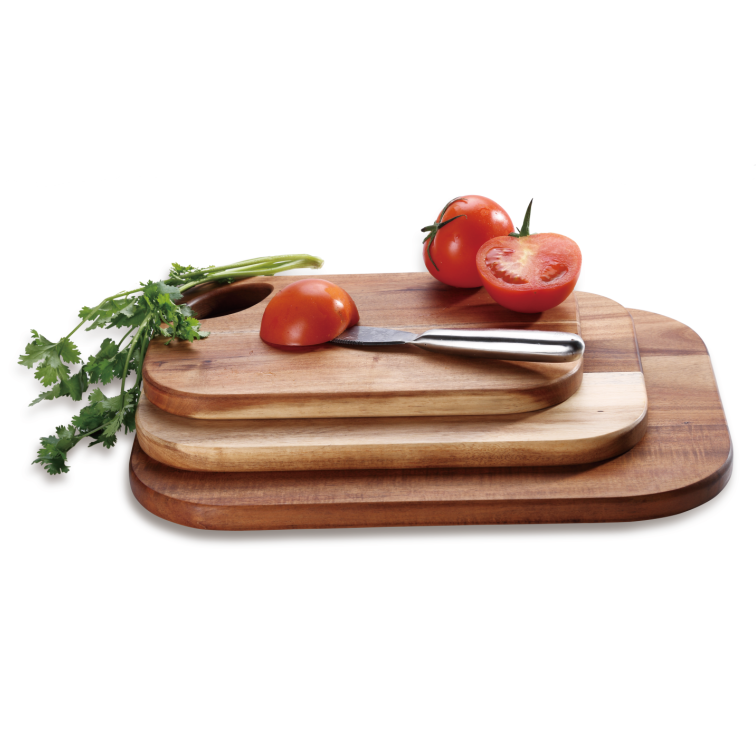1. The effect of baking temperature on the adhesion of tinplate In tinplate printing, because the surface of the substrate is smooth and the drying speed is slow, heating and baking must be used to speed up the drying speed. This is one of the characteristics of tinplate printing. At the same time, because the paint and ink used in each process contain different resins and pigments, the baking temperature and baking time are also different. If the baking temperature is too low, the molecules in the resin are not sufficiently cross-linked and cured to form a film, and the adhesion is low. At the same time, the backside of the tinplate will be dirty, reverse printed, and blocking will affect the color registration (the backside of the tinplate is the inner wall of the container. The contents of the container). If the baking temperature is too high, the molecules will break, the ink layer will crack, the mechanical processing and high temperature sterilization performance will deteriorate and fall off. If the baking time is too short, the adhesion of the coating is not good and it becomes soft; too long will make the coating brittle and break when it is made, and it will also cause yellowing. Therefore, it is necessary to strictly control the baking temperature and time of each process, which will directly affect the adhesion fastness of the entire ink film layer. The baking temperature of printing ink is controlled at 130-150 ℃ on average, and the time is 8-10min, while the baking temperature of paint is 180-210 ℃ on average, and the time is 8-10min. The control of the baking temperature is mainly completed by the electric heating tube of the baking room and the automatic temperature controller. The actual temperature of the controlled baking is generally about 10-15 ° C lower than the theoretical standard baking temperature. A slightly lower temperature can leave some unreacted polar groups, which makes the polymer chains at the interface between the film and ink densely entangled , Enhance the bonding fastness between coatings. The baking time is mainly controlled by the operating speed of the machine. The operating speed is fast and the baking time is short, and vice versa. [next] 2. The effect of printing process on tinplate printing fastness Tinplate printing is currently mainly done by offset printing, and a small amount of dry offset printing and waterless offset printing are also used. Different printing processes will also affect the fastness of tinplate printing. First of all, no matter which printing process is used, due to the special nature of tinplate printing, printing a product often requires multiple color registration, drying, and a non-absorbent smooth surface. Different ink layer thickness will be different. If the ink layer is thick, the cohesion between the ink layers will be large. It virtually offsets the adhesion between the primer coating and the surface of the tinplate, resulting in a decrease in the adhesion of the entire coating layer. Therefore, the thickness of various ink layers should be controlled during the construction process. Lithographic offset printing is currently the main method of tinplate printing, but the use of fountain solution will cause emulsification of the ink, and the surface of the tinplate has no absorption, which will affect the drying speed, which will make the ink fastness to a certain extent And wear resistance is also affected, so it is necessary to control the relationship between water and ink balance. Waterless offset printing is a printing method that has been promoted and applied in tinplate printing abroad. Since there is no fountain solution, tinplate that has no absorption on the surface, the drying speed can be improved, the conjunctiva is good, and the bonding fastness is also better than that with water. The offset printing should be strong, and the printing dots should have better reducibility. Therefore, the promotion of waterless offset printing on tinplate has certain prospects. Dry offset printing, also known as letterpress offset printing, is mainly used in the printing of formed tinplate containers. The ink layer is thicker and the printing speed is faster. Although low-viscosity and good drying inks are used, they are not widely used and are correspondingly equipped. The performance of the material cannot be guaranteed, so the adhesion fastness of the ink layer will also produce large quality fluctuations. In recent years, with the continuous development of packaging and printing technology and metal packaging materials, China has made great progress in metal packaging and printing. But overall, there is still a certain gap in the quality of tinplate printing, especially the printing fastness. With the rapid development of China's economy, printing in tinplate will develop towards the diversification of printing methods and high-quality printing.
NATURAL. Made from gorgeous Acacia harwood. Known for its rich, dark colors and beautiful, contrasting patterns. One of the special characeristics of Acacia wood is an unusual property known as "chatoyancy" - appearing to change color and luster in different lighting conditions as if to shimmer.
Acacia Wood Cutting Board,Handmade Wooden Cutting Boards,Oval Wood Board,Rectangle Wood Cutting Board YangDong Q-Bamboo Houseware Co.,Limited , https://www.q-bamboo.com


